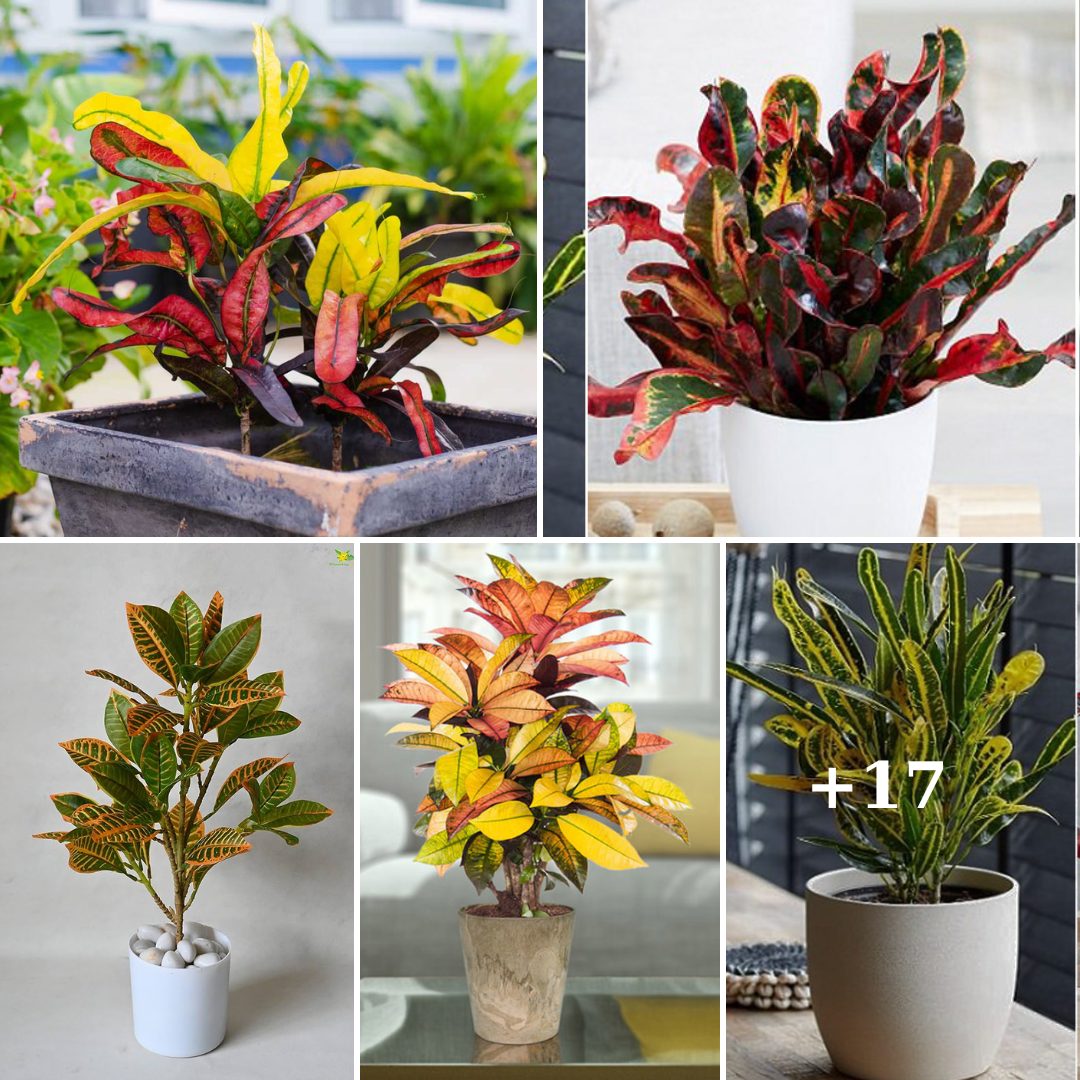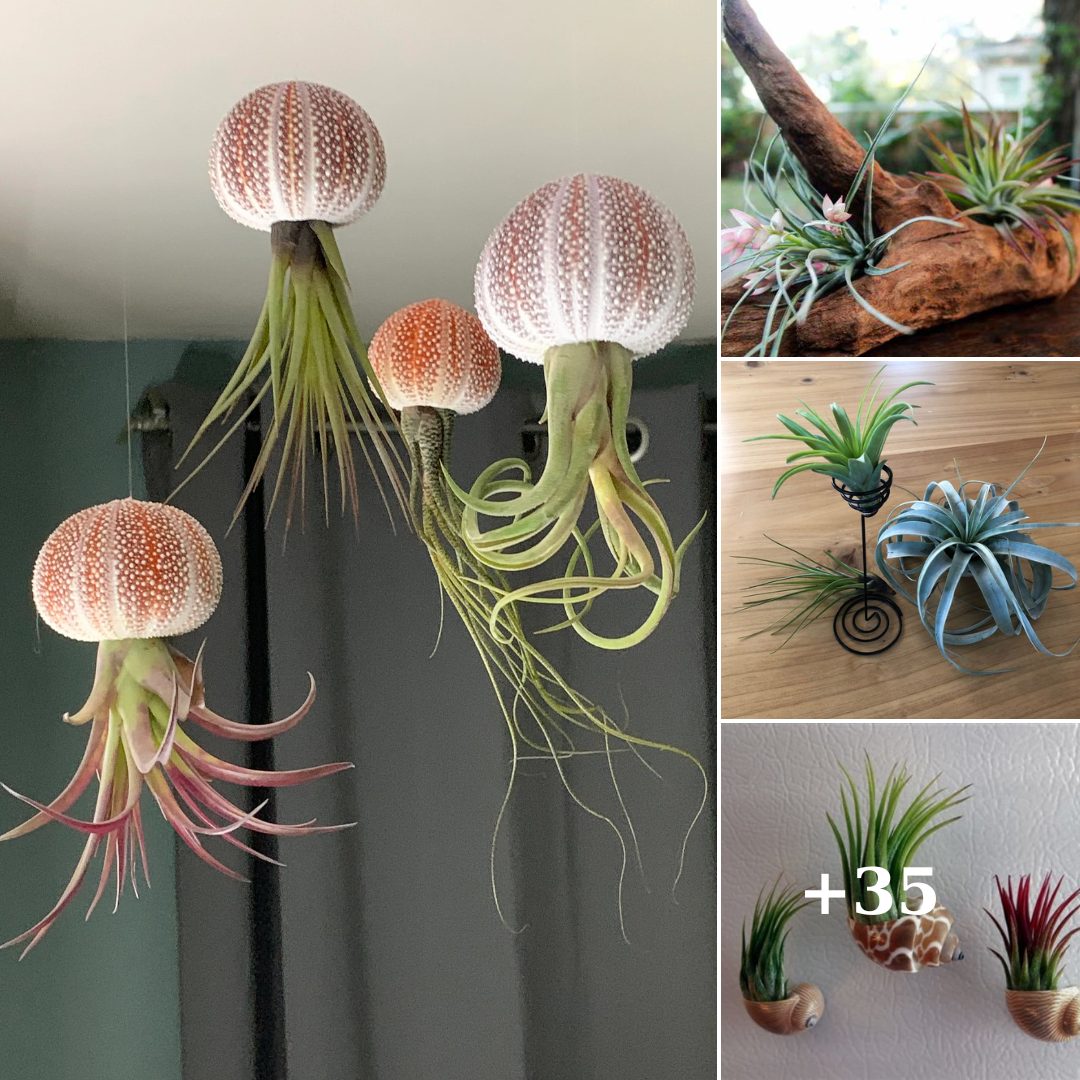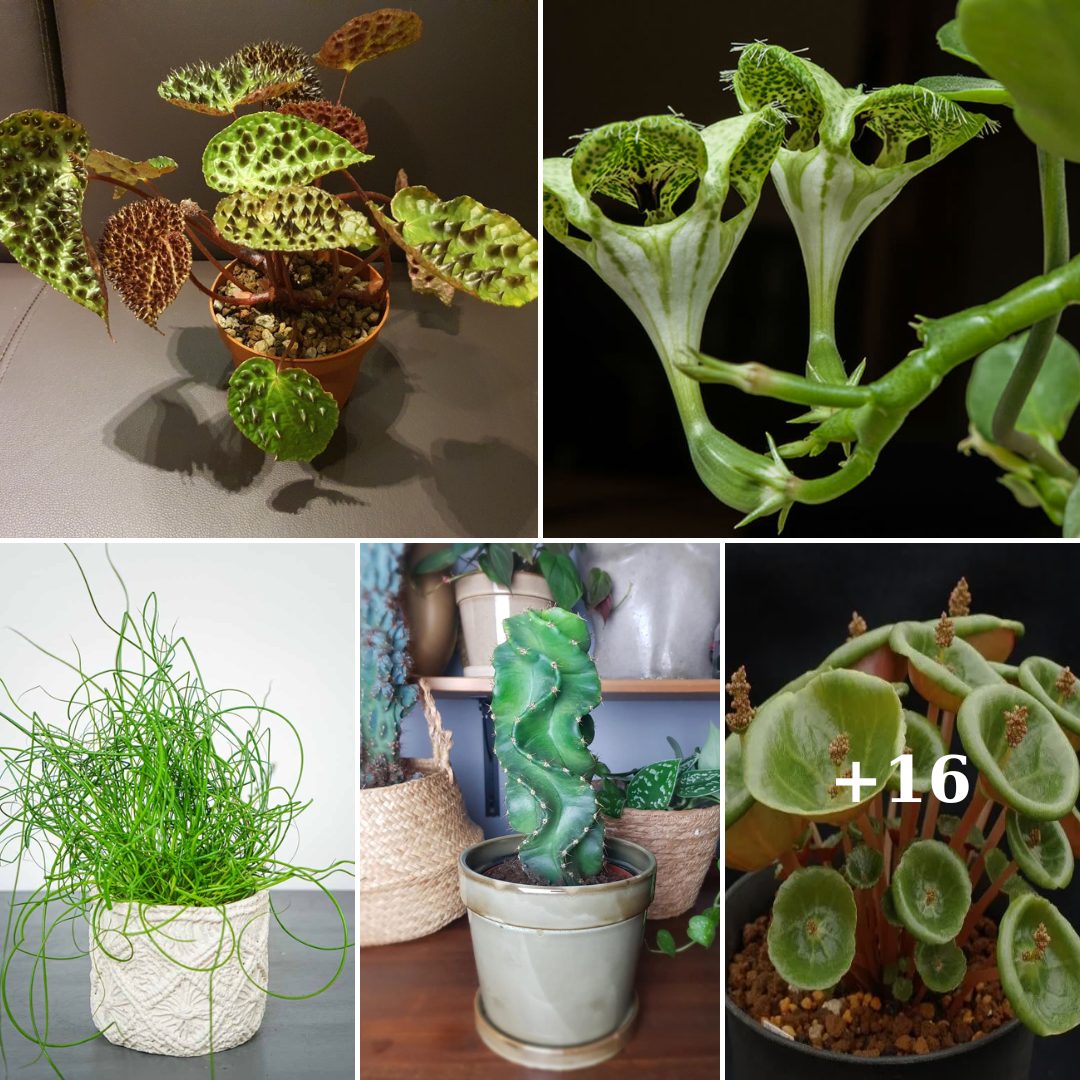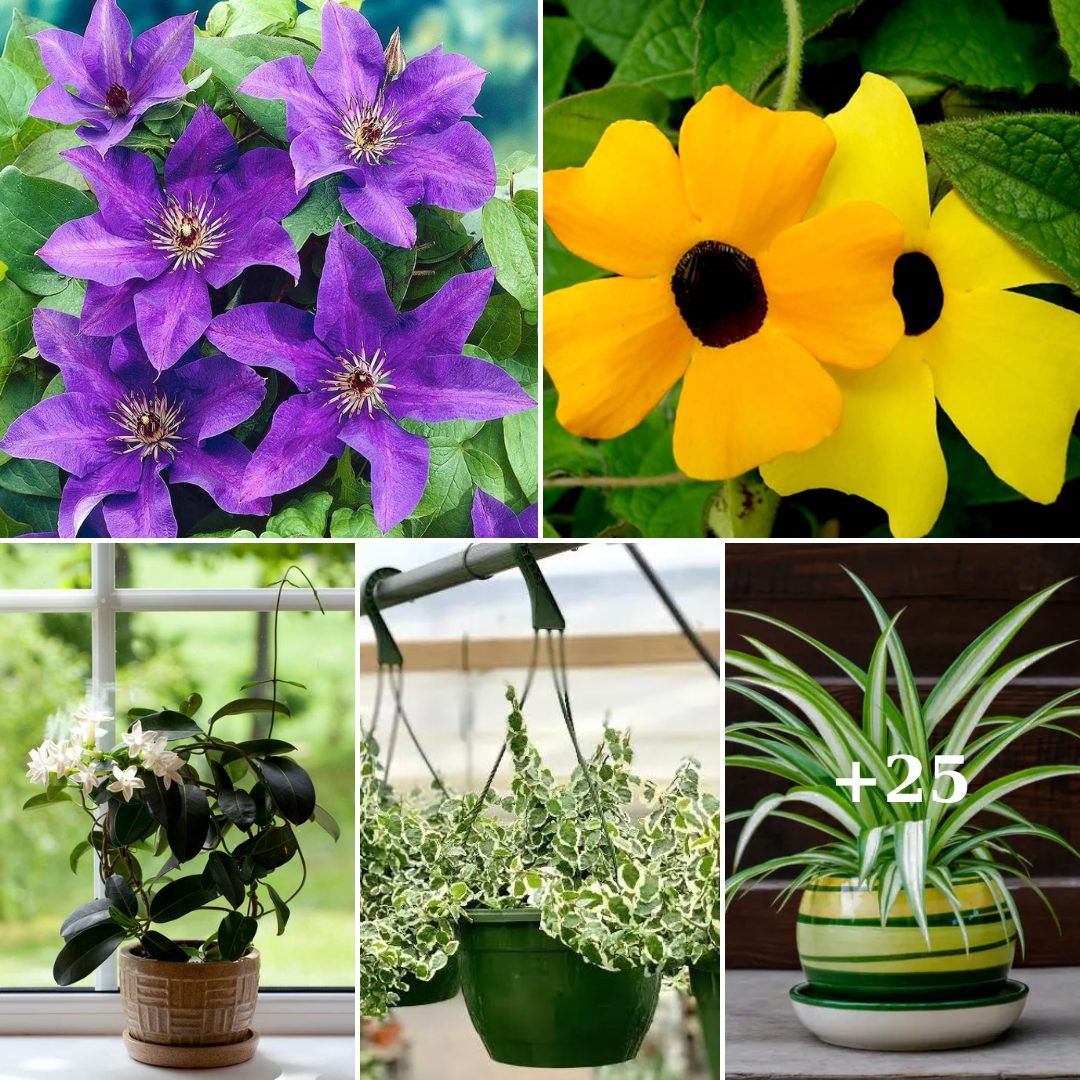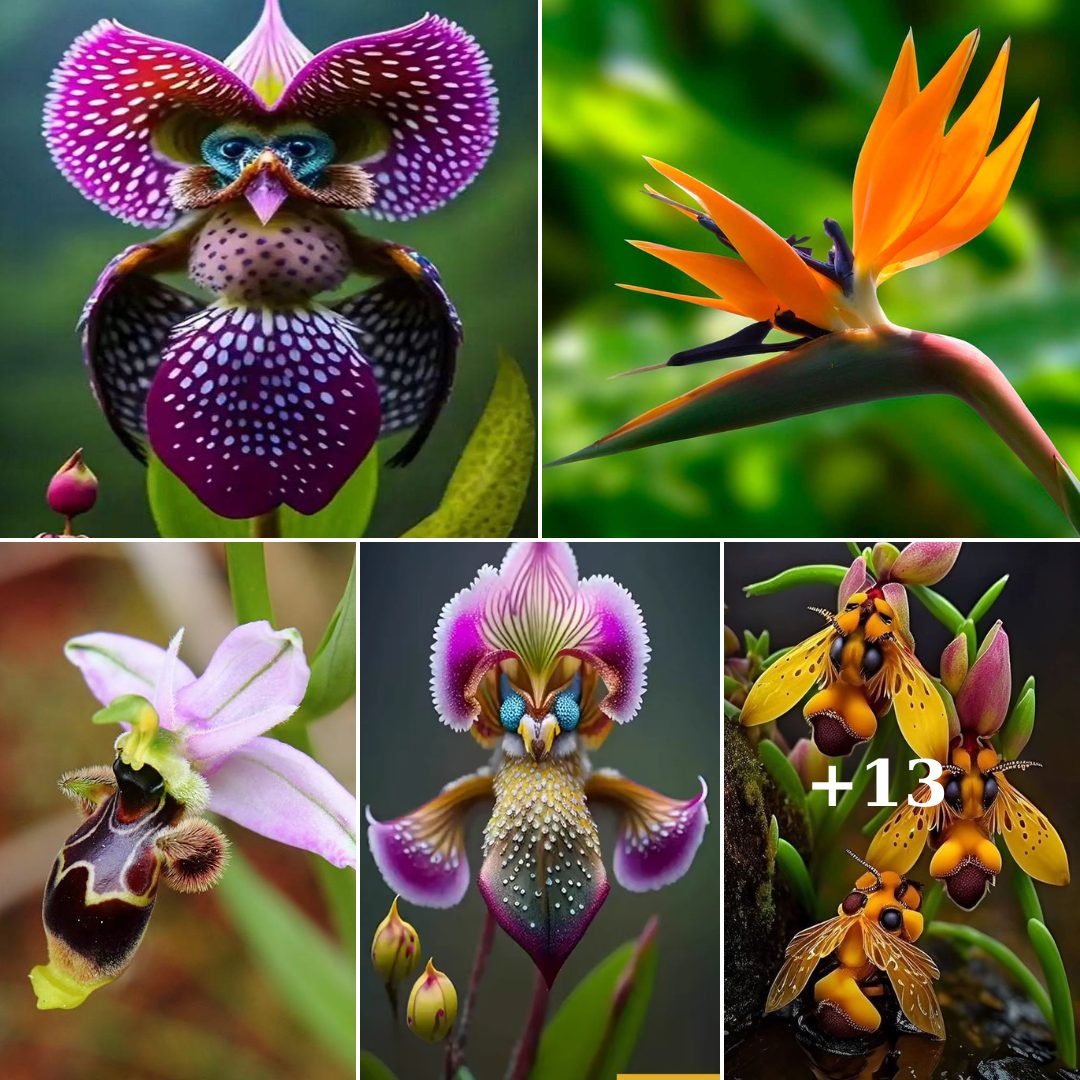Petunias are colorful and versatile flowers that add beauty to gardens, containers, and hanging baskets. With their wide range of vibrant colors and lovely fragrance, petunias are a popular choice for both beginner and experienced gardeners. If you’re interested in learning how to plant, grow, and care for petunias, this guide will provide you with the essential steps and tips to cultivate thriving petunia plants.
- Selection and Preparation:
- Choose a suitable location: Petunias prefer full sun, so select an area that receives at least 6-8 hours of direct sunlight each day.
- Soil preparation: Ensure the soil is well-draining and enriched with organic matter. Remove any weeds or debris from the planting area.

- Planting Petunias:
- Timing: Petunias can be planted after the last frost in spring or early summer. Alternatively, you can start them indoors 8-10 weeks before the last frost date and transplant them outdoors later.
- Spacing: Space the plants 12-18 inches apart to allow proper air circulation and prevent overcrowding.
- Digging and planting: Dig a hole slightly larger than the root ball of the petunia plant. Place the plant in the hole, ensuring the top of the root ball is level with or slightly above the soil surface. Backfill the hole and gently firm the soil around the plant.
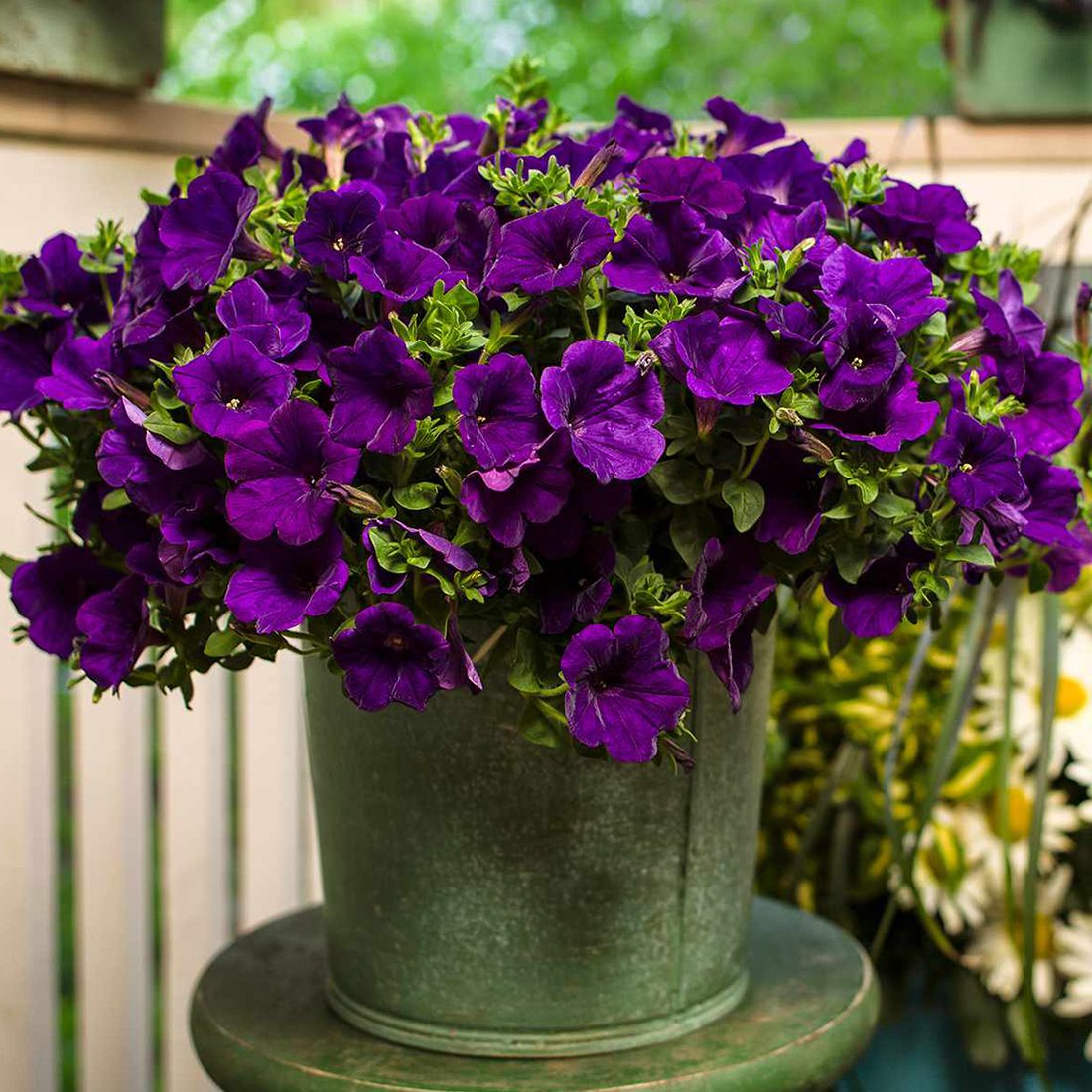
- Growing and Care:
- Watering: Keep the soil evenly moist, but avoid overwatering, as petunias are susceptible to root rot. Water at the base of the plant to prevent wetting the foliage, as this can lead to disease.
- Fertilization: Feed petunias with a balanced, water-soluble fertilizer every 2-3 weeks during the growing season. Follow the instructions on the fertilizer package for application rates.
- Deadheading: Regularly remove faded or wilted flowers to encourage continuous blooming and prevent seed formation. This process, known as deadheading, redirects the plant’s energy into producing new blooms.
- Pinching and Pruning: Pinch back the growing tips of petunia plants to promote bushier growth and more branching. Additionally, you can lightly prune leggy stems to maintain a compact and tidy appearance.
- Pest and Disease Control:
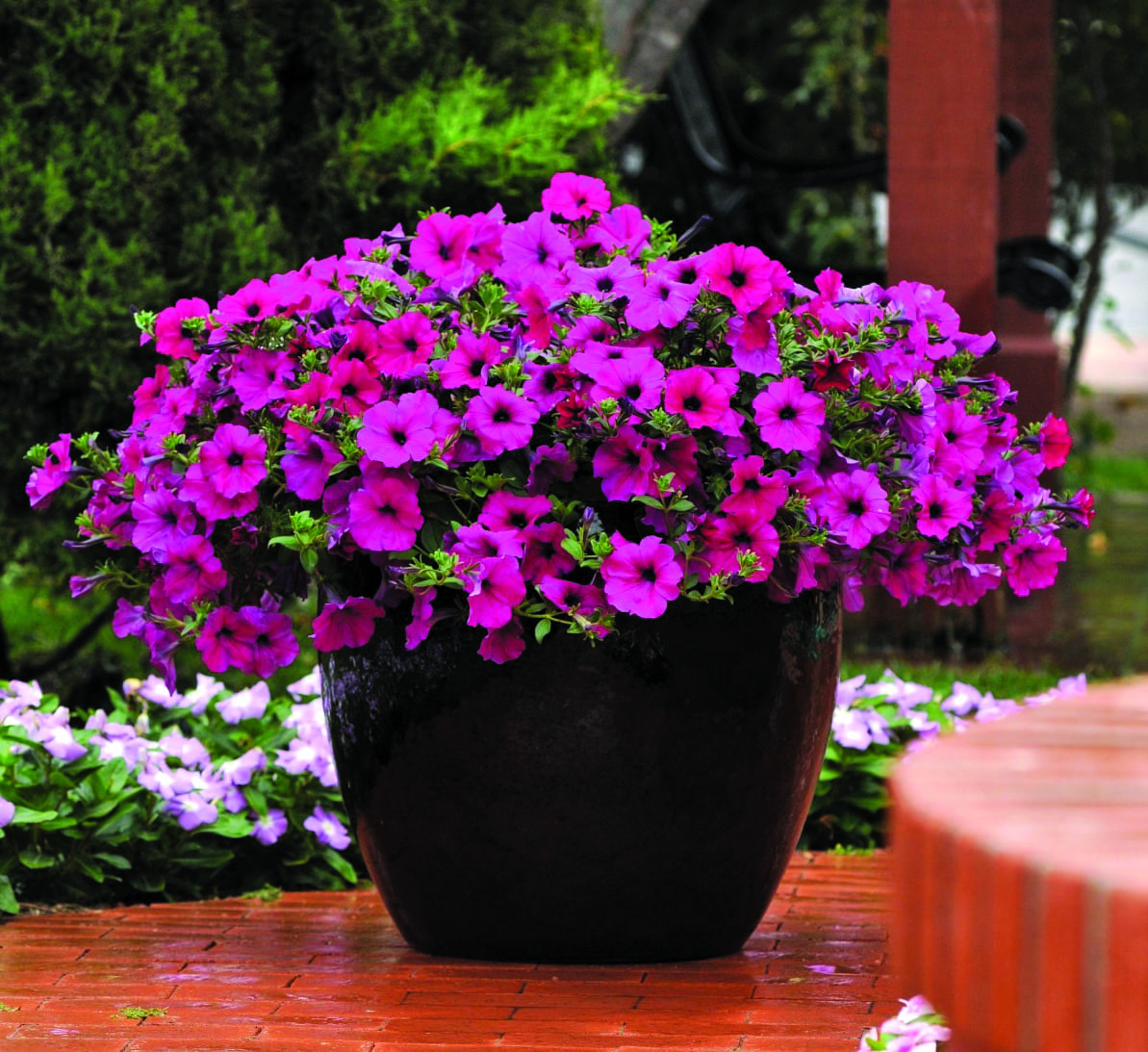
- Common pests: Watch out for aphids, slugs, and snails. Use organic insecticides or implement natural pest control methods to manage these pests effectively.
- Disease prevention: Proper spacing, good air circulation, and avoiding overhead watering can help prevent fungal diseases. If necessary, apply appropriate fungicides as per the instructions.

By following these guidelines, you can successfully plant, grow, and care for petunias. With their stunning colors and delightful blooms, petunias will bring joy to your garden or containers throughout the growing season. Remember to provide them with adequate sunlight, water, and regular maintenance to ensure healthy and vibrant petunia plants. Happy gardening!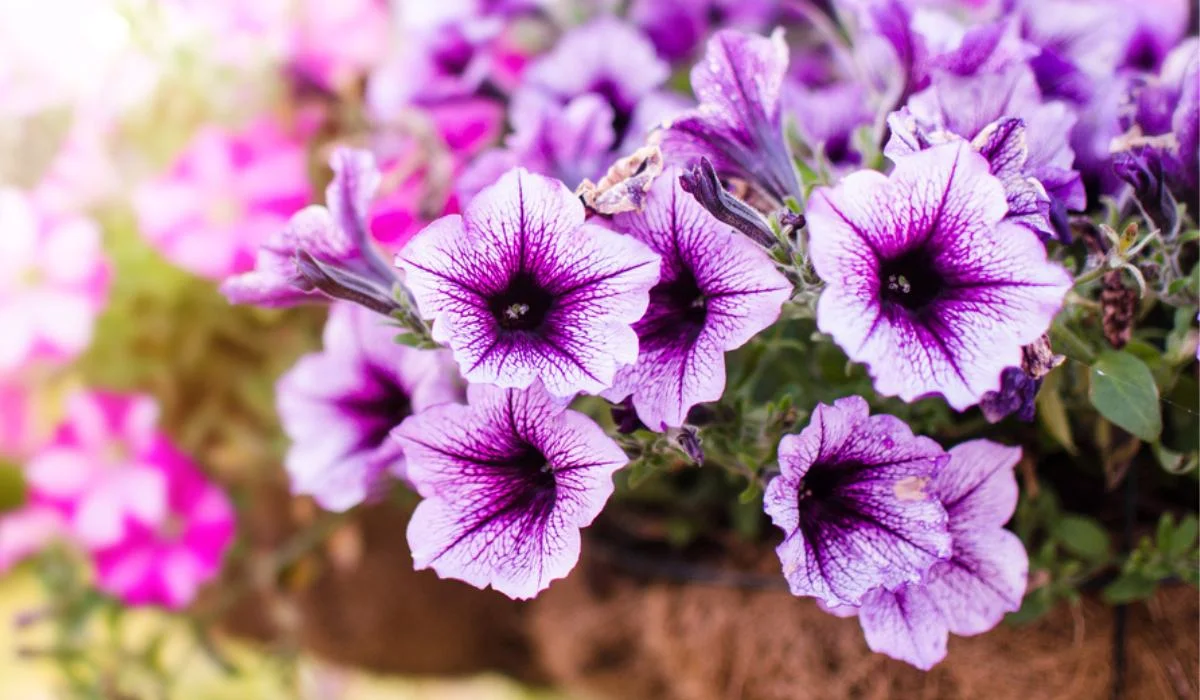
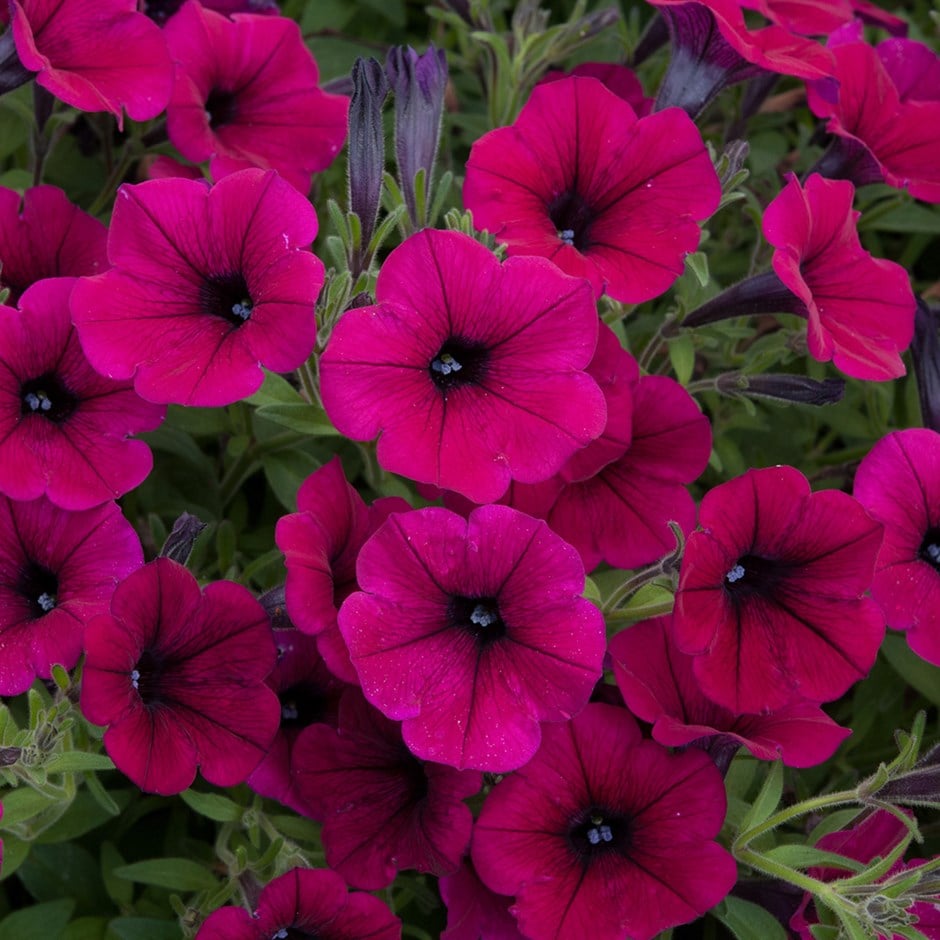
:max_bytes(150000):strip_icc()/how-to-grow-care-petunias-0622-28095108a9b44662b958c1fa7f3efa93.jpg)
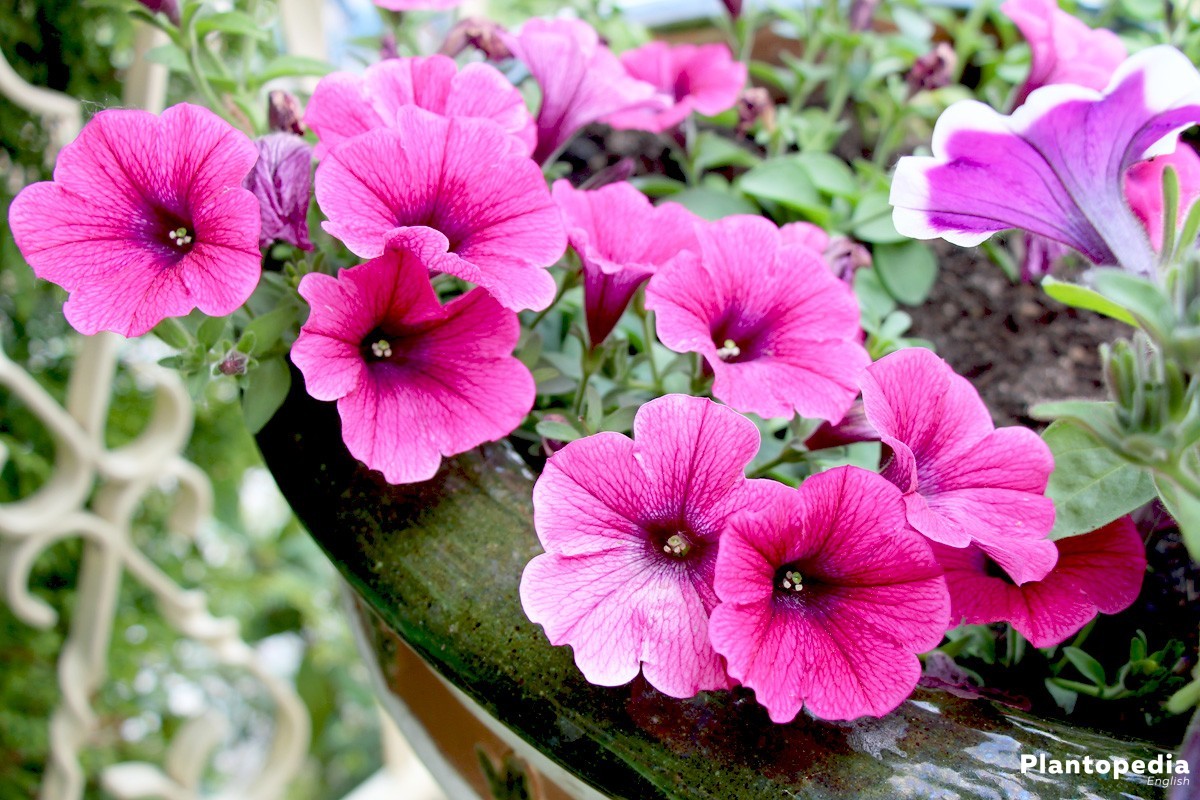

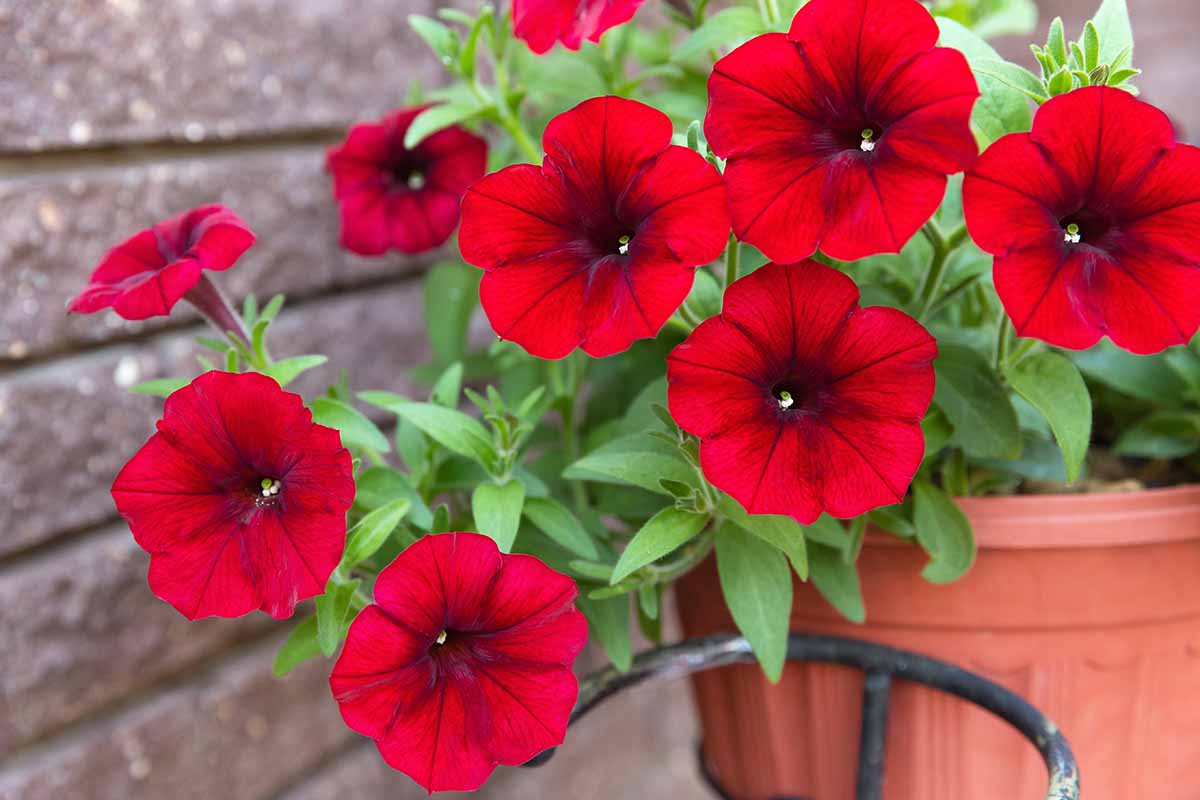
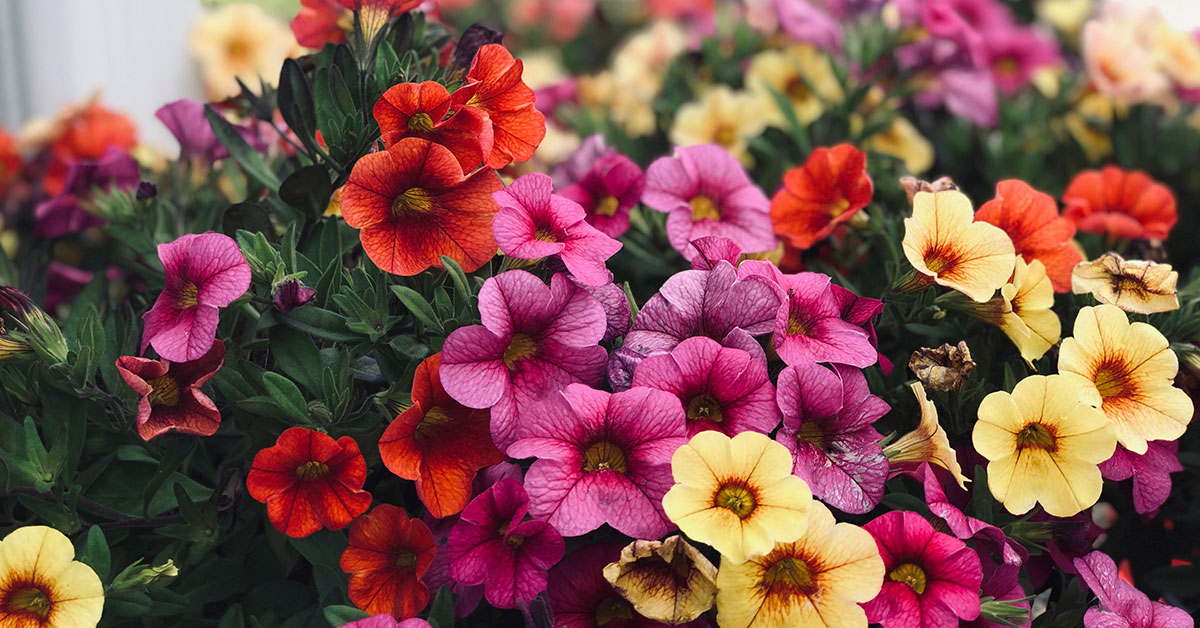
Source: https://www.homiful.com

